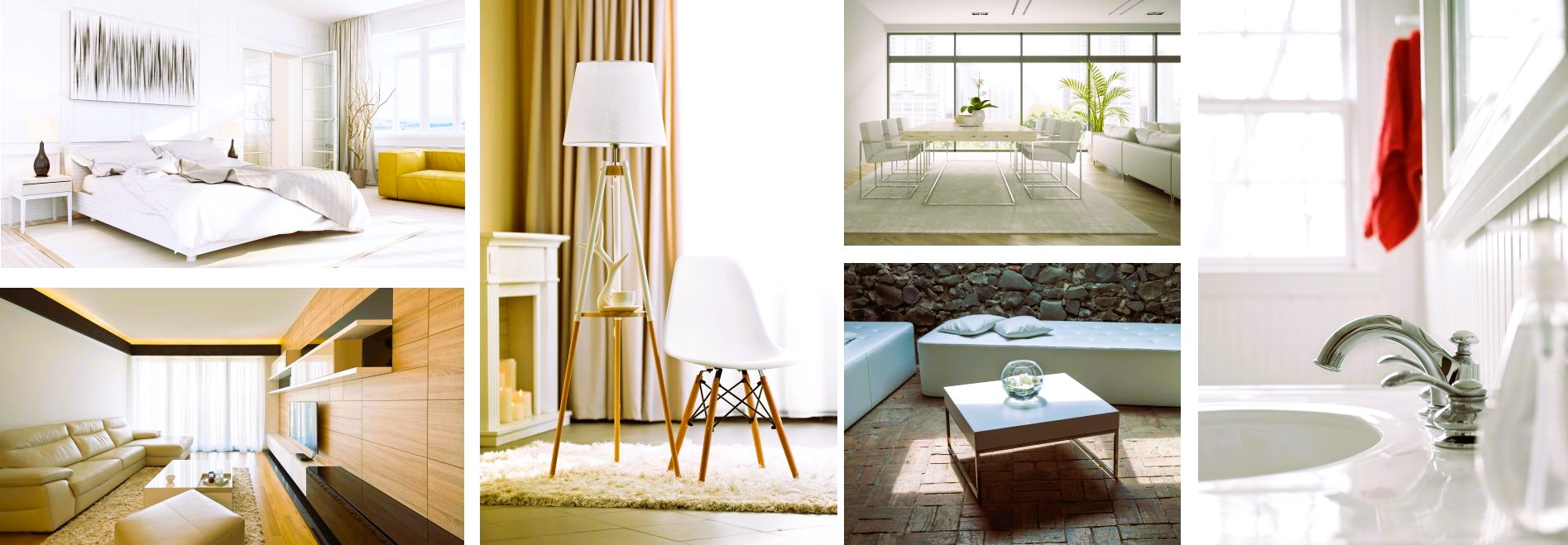In a world inundated with constant stimuli, the allure of minimalist home design has emerged as a beacon of tranquility and simplicity. This design philosophy, characterized by clean lines, functional spaces, and a focus on essentials, transcends mere aesthetics; it fosters a lifestyle centered around intentional living and mental well-being. Join us on a journey into the realm of minimalist home design, where less clutter paves the way for more serenity.
1. The Essence of Minimalism:
Minimalism is more than just a design trend; it’s a mindset that encourages the intentional reduction of excess. Rooted in the belief that less is more, minimalist design seeks to create spaces that are uncluttered, purposeful, and visually calming. By stripping away the non-essential, minimalist homes become havens of simplicity and serenity.
2. Streamlined Aesthetics:
At the heart of minimalist design lies a commitment to simplicity. This manifests in clean, unadorned surfaces, neutral color palettes, and a preference for functionality over ornamentation. The goal is not to create a stark or cold environment but rather to allow each element to shine in its own right, emphasizing quality over quantity.
3. Decluttering as a Lifestyle:

Minimalism extends beyond design; it’s a lifestyle that embraces intentional choices and mindful consumption. Decluttering is a core practice, involving the removal of unnecessary possessions and a focus on what truly adds value to one’s life. This approach not only creates serene living spaces but also encourages a more conscious and sustainable way of life.
4. Functional Spaces:
Minimalist home design prioritizes functionality and purpose. Each piece of furniture, decor item, or architectural element serves a specific role, contributing to the overall harmony of the space. The emphasis on functionality fosters an environment where every item has its place and purpose, eliminating the need for excess.
5. Embracing Natural Light:
Light plays a crucial role in minimalist design, with an emphasis on maximizing natural light. Large windows, open layouts, and the use of reflective surfaces contribute to bright and airy spaces. This intentional approach not only enhances the visual appeal of the home but also promotes a sense of openness and connection with the outdoors. Turning kitchen scraps into garden gold, read more in the article called Composting 101.
6. Thoughtful Material Choices:
Minimalist design often incorporates high-quality materials that stand the test of time. From natural woods to sleek metals, the materials chosen are purposeful and durable. This emphasis on quality over quantity aligns with the minimalist principle of investing in items that bring long-lasting joy and functionality.
7. Creating a Visual Hierarchy:
In minimalist design, each element is carefully considered to establish a visual hierarchy. This hierarchy guides the eye and creates a sense of order within the space. Whether through contrasting textures, strategic placement of furniture, or thoughtful color choices, the visual hierarchy contributes to the overall sense of calm and balance.
8. Multi-Functional Furniture:
In smaller spaces, minimalist design often integrates multi-functional furniture to maximize utility. Pieces that serve dual purposes, such as a storage ottoman or a sofa that transforms into a bed, contribute to the efficiency and flexibility of the living environment.
9. Mindful Color Palettes:
Neutral color palettes are a hallmark of minimalist design. Whites, grays, and earth tones dominate, creating a timeless and serene atmosphere. Limited use of color, if any, is intentional and often serves as an accent to highlight specific features or elements within the space.
10. Mindfulness in Decor:
When it comes to decor, less is more in the minimalist home. Thoughtfully chosen pieces, such as a carefully curated gallery of artwork or a statement furniture item, become focal points. The intentional use of negative space allows each element to breathe and contributes to the overall sense of serenity.
11. Minimalism and Sustainability:
Minimalist design aligns seamlessly with sustainability principles. By advocating for a reduction in consumption and prioritizing long-lasting, eco-friendly materials, minimalist homes contribute to a more sustainable and mindful way of living. This synergy between minimalism and sustainability reflects a holistic approach to well-being.
12. The Impact on Mental Well-Being:

Beyond the visual aesthetics, minimalist design has profound effects on mental well-being. A clutter-free environment reduces visual noise and promotes a sense of calm. The intentional curation of one’s surroundings fosters mindfulness and creates a space where residents can unwind, recharge, and find solace in the simplicity of their surroundings.
13. Minimalism in Different Spaces:
While often associated with residential design, the principles of minimalism can be applied to various spaces, including offices, public areas, and even digital environments. In the workplace, minimalist design can enhance focus and productivity, while public spaces benefit from a clean and uncluttered aesthetic that promotes a sense of calm.
14. Budget-Friendly Minimalism:
Contrary to misconceptions, adopting a minimalist lifestyle does not necessarily require significant financial investment. In fact, embracing minimalism can be a budget-friendly endeavor. By repurposing existing furniture, decluttering, and making intentional choices, individuals can create minimalist havens without a hefty price tag.
15. Curating a Minimalist Home:
Curating a minimalist home is a journey rather than a destination. It involves ongoing evaluation, intentional choices, and a commitment to mindful living. Regular decluttering sessions, thoughtful purchases, and a focus on what truly matters contribute to the evolution of a serene and minimalist living space.
Additional Resources on Minimalist Design:
For further exploration of minimalist design principles and practices, consider the following resources:
- Wikipedia – Minimalism
Minimalist home design is a powerful antidote to the chaos of modern living. By embracing simplicity, functionality, and intentional choices, individuals can create homes that are not only visually appealing but also nurturing to the soul. From decluttering to mindful material choices, each aspect of minimalist design contributes to a sense of serenity that transcends the physical space. As we navigate the complexities of the contemporary world, the minimalist home stands as a sanctuary—a place of calm amidst the storm.


